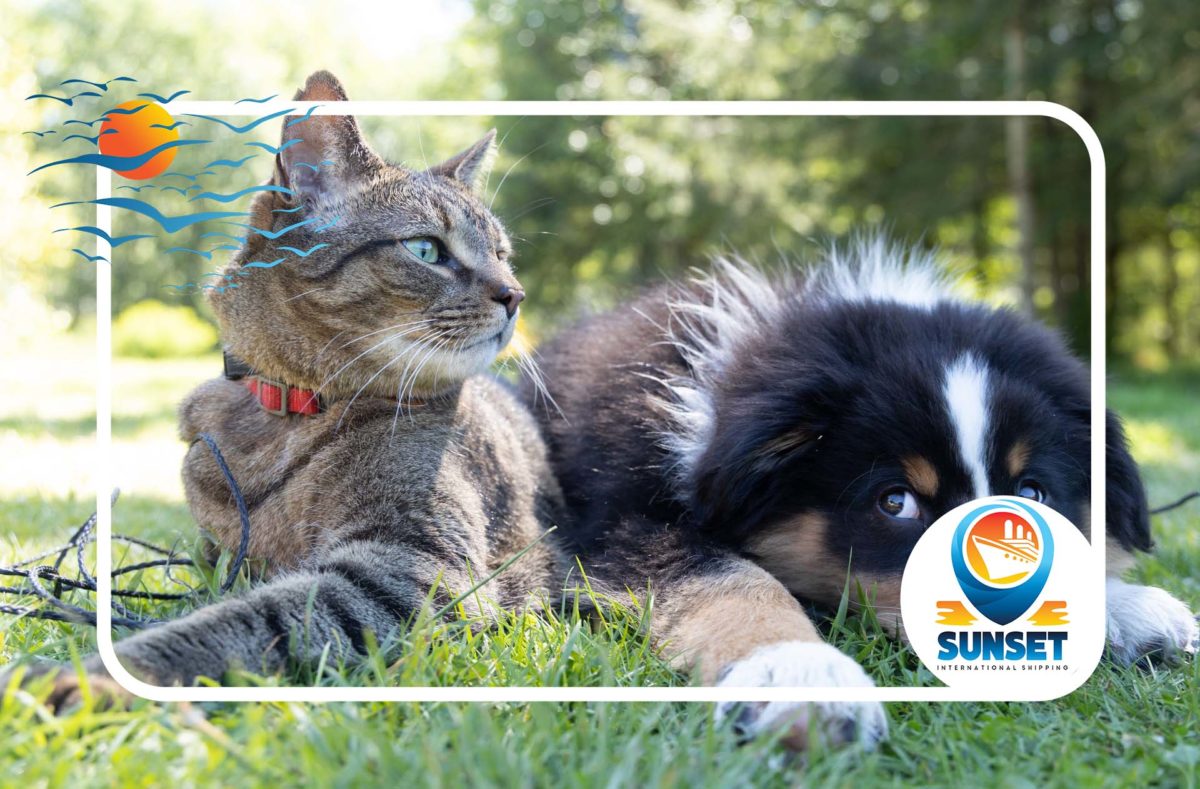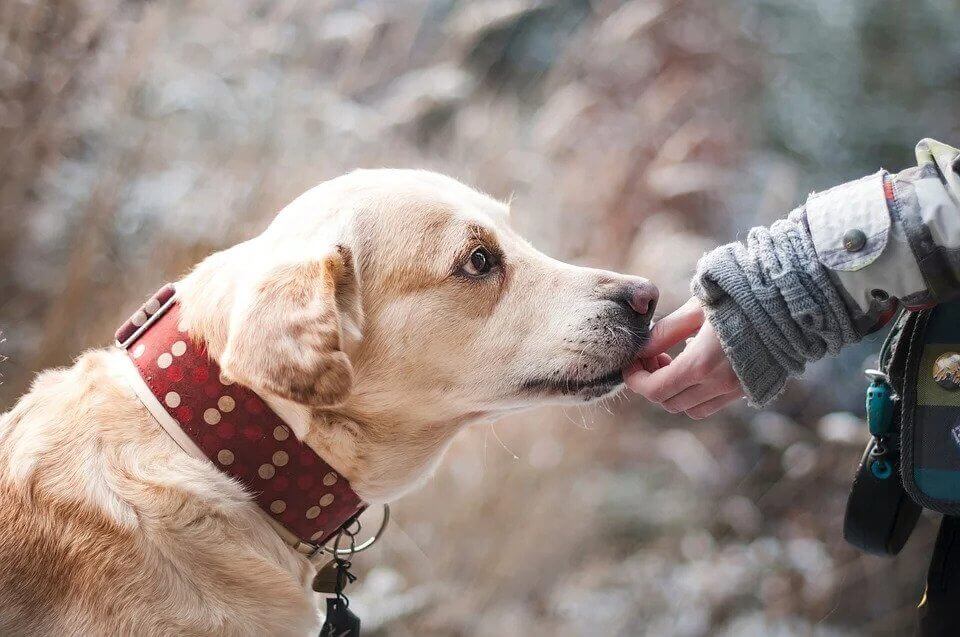The decision to move to another country is never easy. It entails leaving lots of people and things behind. Yet, moving with pets can make the transition much smoother, since you’ll have your two- or four-legged furry, feathery, or scaly friends by your side while adapting to the strange environment.


A sad fact is that most domestic cats and dogs end up in a shelter because their family moved to another country. Still, many people would never leave their pets behind. So, before you start packing up your belongings, here is a guide on how to handle animals before and during relocation.
What to Know Before Moving With Pets Overseas?
As stressful as moving is for people, it is even more so for animals. Higher levels of activity in the house or a situation in which you all of a sudden don’t have as much time for them may make your animal friends anxious. You should plan carefully so that the transition is as bearable as possible and their health unaffected.
Check Regulations Before Moving With Pets Overseas
Before anything else, you have to deal with the tedious administrative part. Check the regulations of the destination country when it comes to the import of animals. Some countries won’t allow you to bring along ferrets, tarantulas, or snakes. Some will make an issue over a golden retriever. It’s better to know such things in advance than learning of them when it’s too late.
Then go more local. Some communities will not allow a pet in their midst. So make sure that they do before you pay a deposit for a home. Also, find out if your destination country has specific regulations on leashes, whether animals have to be licensed, is there a limit to the number of animals in one home, and so on.
If possible, try to learn if your chosen new neighborhood is friendly to animals and whether there have been reports of aggressive dogs or cats. The peaceful environment might do wonders for your pet.
Methods to Keep Pets Stress-Free on the Morning of the Move
An essential part of the entire process is keeping their peace of mind. Spend as much as you can with them outdoors. At home, keep them away from the thick of the packing action and fuss that follows it. That is especially significant if you hired professional packing services. The perfect thing would be to leave one room for them and to pack it up last. The need for a known environment is particularly strong in cats since felines are very territorial. It would help if you took your time beforehand to get them used to travel.
Ways of Transport – Select Good Pet-Shipping Services
Depending on the kind of pet, there are different modes of transport. Felines, and various smaller animals, such as rabbits or guinea pigs, must travel in a hard-sided carrier with enough ventilation. For a cat unaccustomed to traveling, you might want to cover the carrier with a sheet. Canines, even docile ones, have to be restrained at all times.
When it comes to hiring a shipping company, in case you can’t take your animal companion with you in a car or a plane for whatever reason, you’re back on research. Most moving companies won’t transport animals or any other live creature for that matter, so you’ll have to hire a specialized enterprise that does.
Whether you opt for the best international moving by sea services, or you prefer international moving by air for your household belongings, you’ll want at least the same amount of care and professionalism for your furry friends.


Prepare Them for Change
For many a pet, the only car ride in their life was to the vet. As you might imagine, it’s not among the best of their experiences. So take your dog out for a ride, but this time, choose some pleasant destination. Park will do just fine. Or a pet store. That way, they’ll connect the travel with positive stuff and be more prepared for a bit longer hauls.


And Prepare All for Travel
Whenever you travel, you surely have a stash of snacks and a bottle or two of water and soda. It’s no different for your furry friend. Prepare a bag with their food, toys, and other appropriate things to keep them occupied and comfortable during the trip and the unpacking in the new home.
On the more official front, there are many things that should be done, both before and after the trip, like collecting all medical documentation of your pet, along with certificates of vaccinations. Animals should be chipped and wearing a collar with an ID tag, with your destination address and phone number on it, in case they get lost. Leashes and collars are a must all the time. For particularly fidgety dogs, a harness might be in order.


If You Have to Travel by Car, Never Unleash Dogs
During and after the overseas trip, you may feel the urge to let your dog off the leash. After all, the poor thing has been cramped in for hours in the cargo area of the plane. Well, don’t do that. The dog may run away. The same goes for letting a cat out of the carrier.


Help Your Feline to Feel Safe In Carrier
A cat is a specific animal in many ways. They don’t adapt to change easily, and disruptions in their everyday environment may cause significant behavioral shifts. So it would be wise to let her discover the carrier before the trip. Leave the carrier open near her, with her blanket in it. Or a favorite toy. Eventually, she’ll come to see it as a shelter, or even a sort of a room.
Make No Mistake When Making a New Home For Your Pet
When setting up a new home, take your pet into account. He (or she) will live there, too. So prepare everything for their arrival (in case they arrive at a later date). Set up one room as much like the old dwelling as possible, and put them in there, with all their favorite stuff. From there, let them progressively explore the new surroundings. And most important of all, spend time with them. Let them know that things have returned to normal.
Also, be sure that there is nothing in the new house that might harm them by pet-proofing the entire place.


Different Kinds of Pets
When talking about pets, most people will automatically think of a dog or cat. Yet, there are also birds, lizards and snakes, spiders, fish, many furry critters, and so on. Each of them requires special handling.
Don’t be surprised if your faithful parrot flies away when you let him out of the cage during packing. All the moving around is probably freaking him out.
Also, reptiles of all kinds must be treated with caution, for it’s not simple for them to adapt if there is a significant temperature difference between the point of origin and destination.
And, to finish this guide on a completely killjoy note, it is possible that you’ll need special permission from the destination country to bring exotic pets with you.


Summary
Having read all this, you have all the basics covered. With just a bit of planning and preparations, you and your pet will again establish your special relationship. Disruption called “international moving” will soon be behind you.





